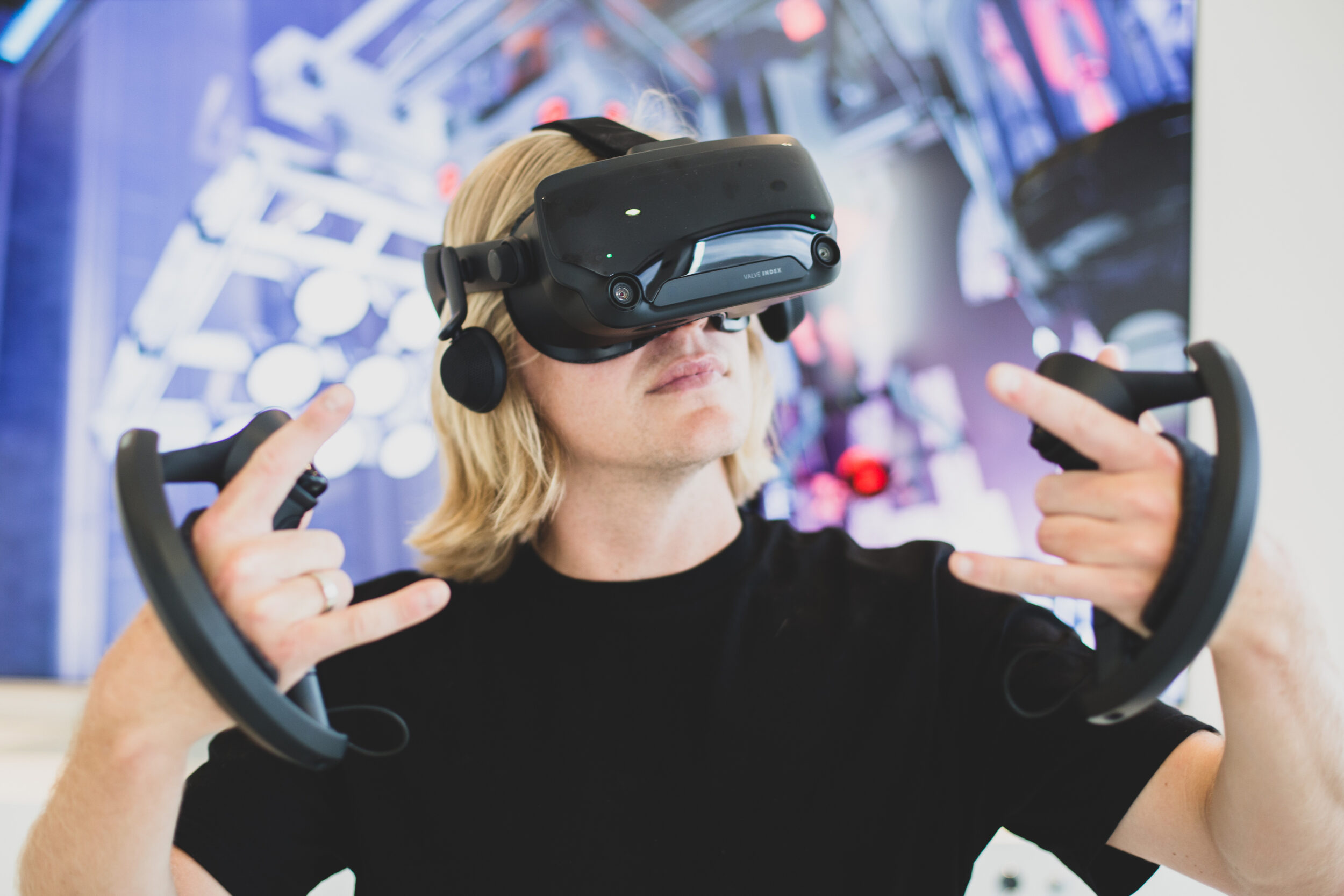Valve Index: the best VR headset for the more demanding applications?
- Virtual reality
With the new Oculus Quest grabbing all the attention lately, it was time for Valve to come up with a strong response. And so they did. Is this thé best VR headset?
The newest generation VR headset
Valve has done it again. With the HTC Vive being out for a while now, it was time for a new system, and oh boy did Valve deliver. Introducing the Valve Index, the newest generation VR headset.
This premium VR headset comes at a price of €1079 for the entire VR pack including headset, controllers and base stations. This is a significantly higher price compared to its predecessor or closest competitor, with the HTC Vive at €599 and the Oculus Rift S at €449.
At this premium price point, you do get a premium VR headset that sits comfortably at the top of the performance ladder. Because of its high price, the Valve Index is especially useful for professional purposes or heavy VR users who spend most of their day in VR. For regular consumers it might be a bit too expensive at this very moment.

The setup
With the Oculus Quest being the first completely wireless VR headset, the stakes were high for the Valve Index. Unfortunately Valve under delivered at this particular point. The VR headset still comes with a cable that has to be plugged into your computer limiting the movement possibilities. Even though wireless configurations have their advantages, the technology behind it is still in its early days making it rather unstable from time to time. Perhaps Valve intentionally used a cable to reduce these instability issues considering SteamVR already has a bad reputation.
At this high price you expect certainty of operation and a sufficiently large bandwidth in order to have the best possible experience. Valve clearly chose for the safest route here. Even though the cable has a solid length we still feel like Valve should’ve went for a wireless configuration to make it really feel like a premium, next-gen system. Perhaps this will be an add-on in the future.
The Index makes use of the same “Lighthouse” tracking system used by its predecessor to track your movement within the play area. Valve promised significant improvements regarding the size of the play area and when Valve makes a promise, they tend to keep it. With the second generation base stations, the play field can be extended up to a whopping 10m x 10m with the use of four tactically placed sensors allowing a large room scale VR experience (if you have the room for it).
PS: Great news for the current HTC Vive users who want to upgrade to the new system, you may keep your old base stations! The Valve Index works perfectly fine with the first generation motion sensors saving you quite a bit of money (€159 to be exact).
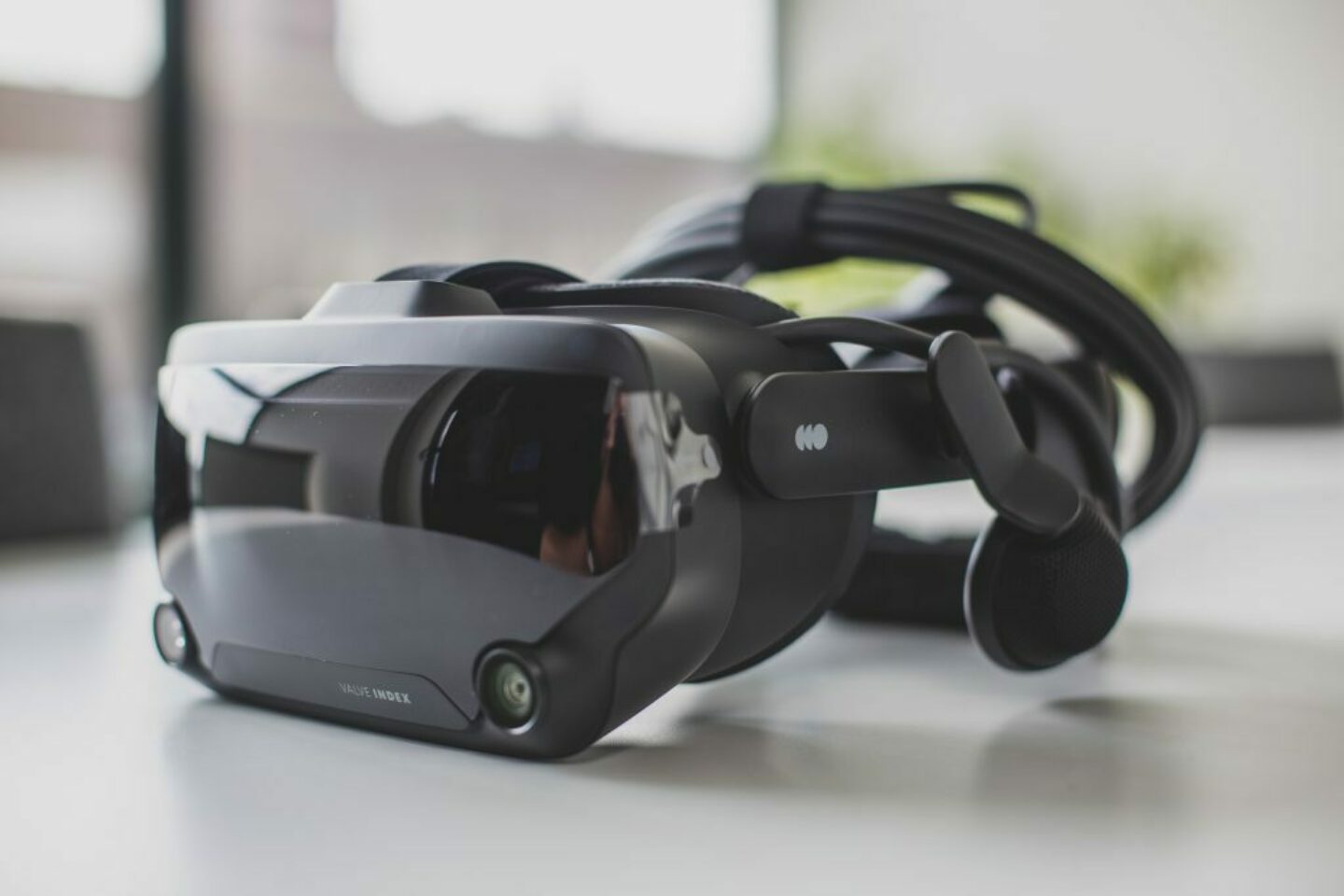
The design
The first thing that was immediately noticeable was the size of the headset, it looks absolutely huge compared to similar headsets. There is a very simple explanation for this, the Valve Index has a pair of front facing cameras allowing to see the outside world. This configuration also allows for potential AR applications. The downside is that it adds extra weight to the headset and makes the front part rather large. Still, the headset has a very pleasing and simplistic design making it one of the prettiest ones available on the market. The materials that are used have a premium feel, something you might expect from a 1000 euro setup.
One of the main concerns Valve had was comfort. Many people complained, as they do, from comfort issues after playing for a couple of hours with the HTC Vive. The Valve Index added more soft pads in specific spots making longer sessions more comfortable. It’s also equipped with two dials allowing you to modify the physical distance between the eyes and the lens thus allowing user specific modifications, which reduces blurriness. The Index also comes with an adjustable headband to allow for tightening. Valve really invested in comfort this time and it’s absolutely noticeable in the design and while using it, especially for prolonged time.

The goggles
Now on to the part where the Valve Index really shines, the display. 1440 x 1600 resolution per eye, wider field of view and 120Hz refresh rate, a very noticeable difference with previous systems.
Images have never looked more crisp and thanks to the high refresh rate, longer sessions are way more comfortable for the eye. The only downside to this are the system requirements to power this beast. You could get away with an RX580 but Valve explicitly says a GTX 1070 or higher is minimally required to enjoy the experience.
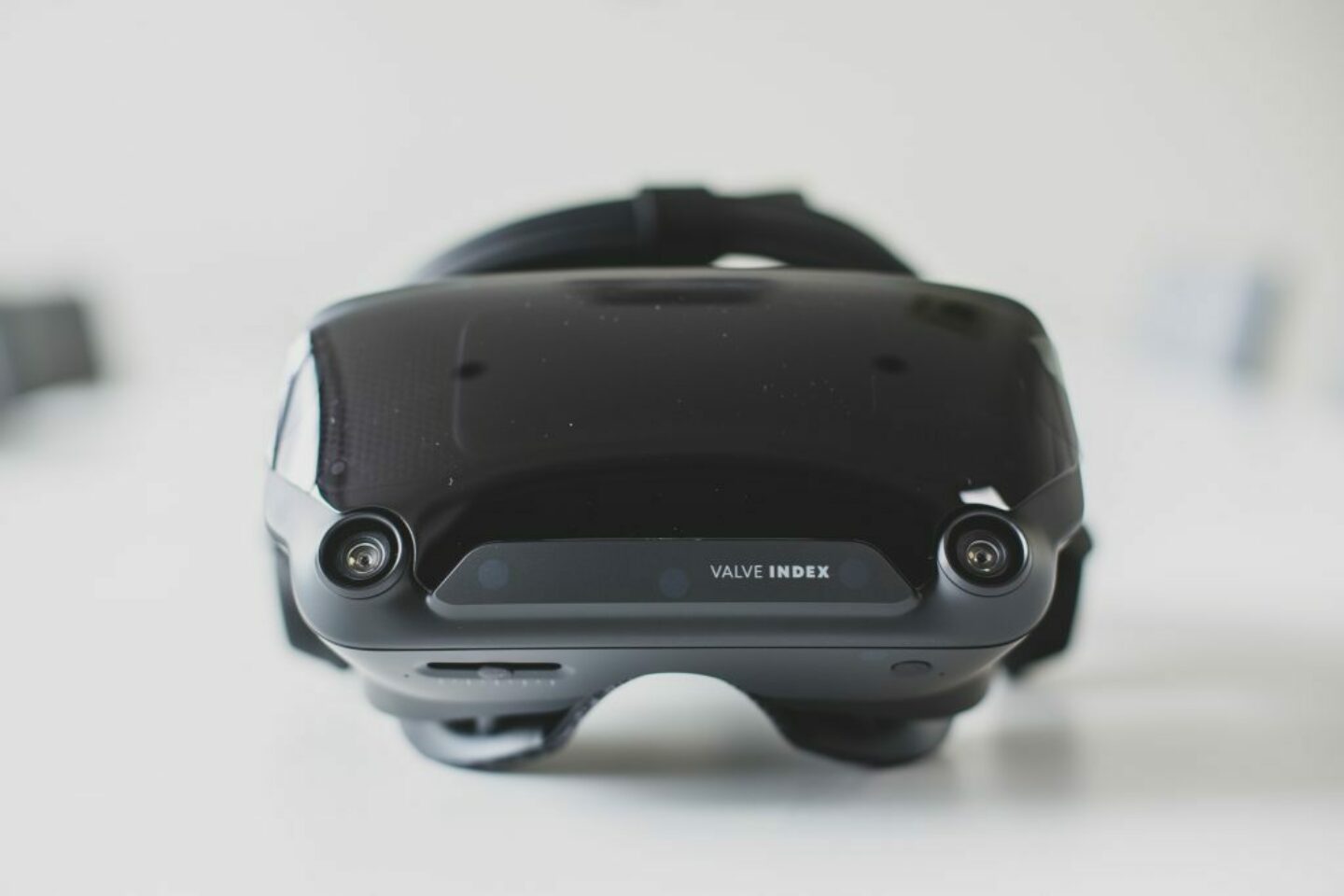
The knuckles
The VR pack also comes with two of the newly designed controllers, previously known as “the knuckles”. These are strapped around your hand allowing you to open and close your hand while still holding onto the controller. Both controllers still have a central stock like the Vive but they can register finger motion and squeeze pressure now, a serious improvement that makes VR even more realistic. All of this combined makes a very realistic experience in which you can grab and hold things virtually. Based on play testing, the controllers give you around 5 hours of playtime and take approximately 1 hour to fully charge. A little bit less than the 7 hours Valve claims.
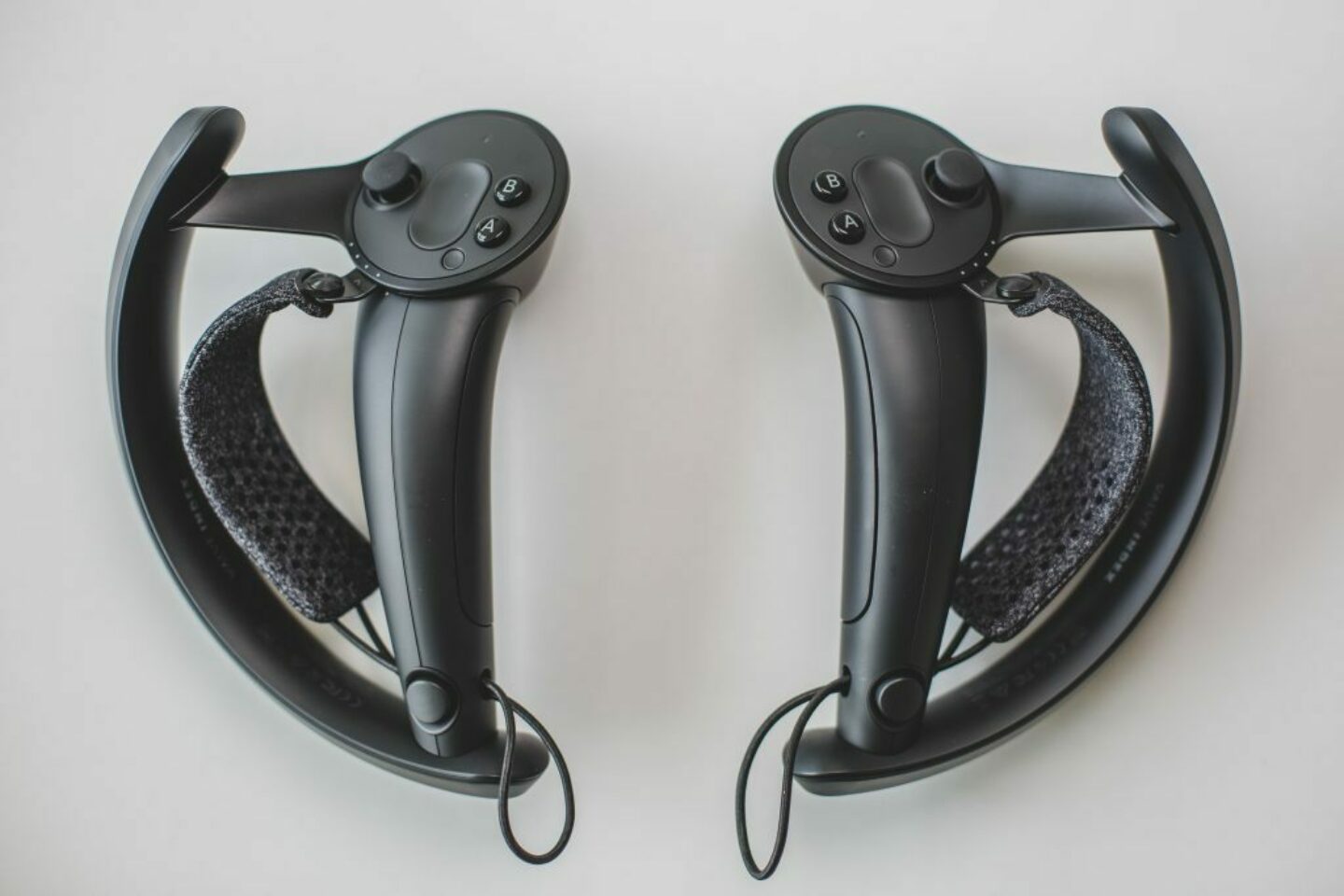
The audio
Last but not least, the audio. The Index makes use of speaker based-audio systems. At first it looks like they cover your ears but there is actually some space between the ear and speaker. This again increases the comfort for players allowing longer play sessions without having any pain or discomfort. The speaker-based audio also gives a more dynamic and ambient sound compared to its competitors adding an even greater realistic feel to the experience. The only downside to this is that everybody can hear what you’re playing. You can still plug in headphones but what’s the purpose of those funny ears at the side, then? Speaker-based audio, the players will love it and the family probably won’t, as much…
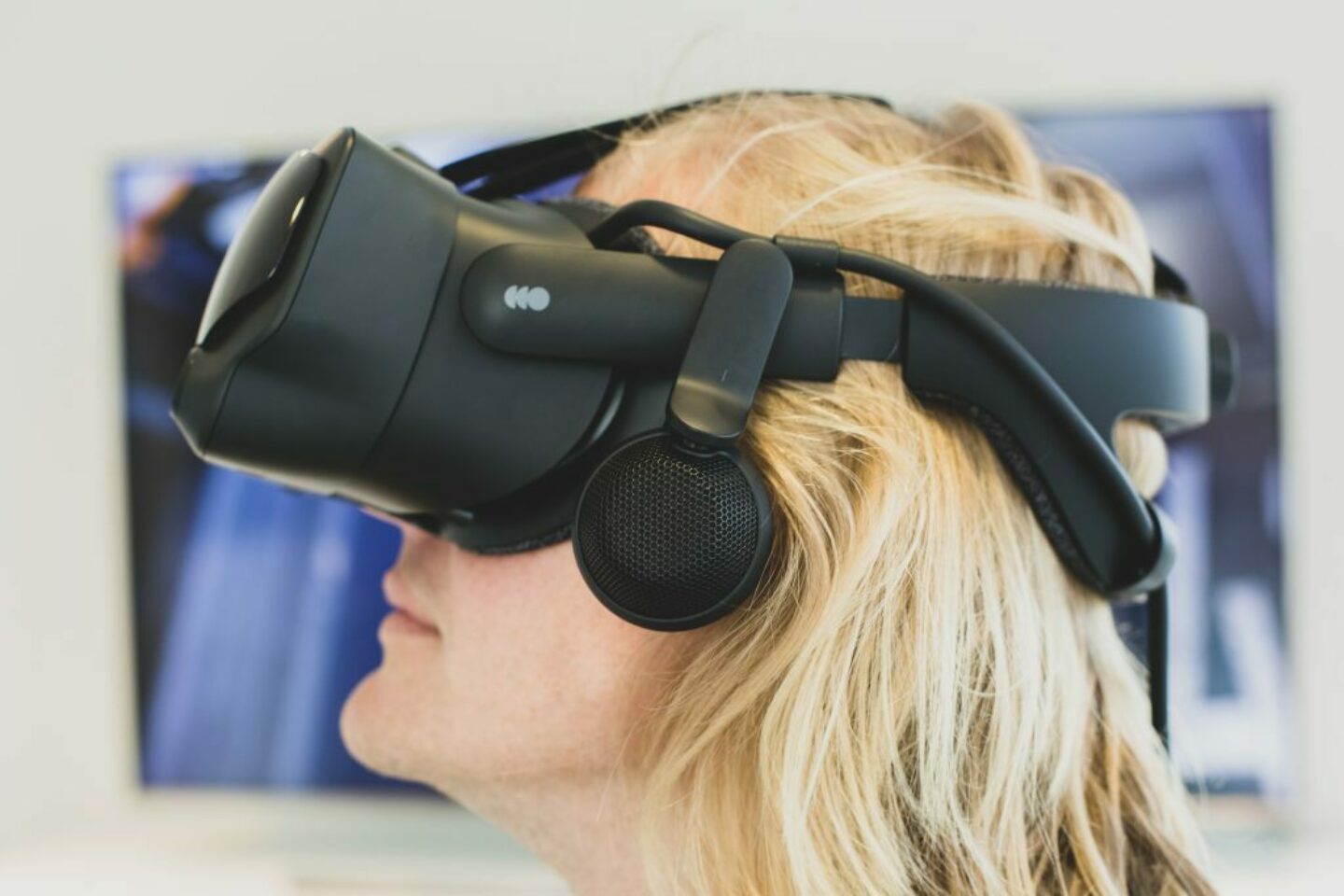
VR for companies
We see very strong opportunities here especially for training, safety training and compliance. This because the hand movements can be used more accurately for different types of movement and thanks to the higher resolution, realism can be a lot higher.
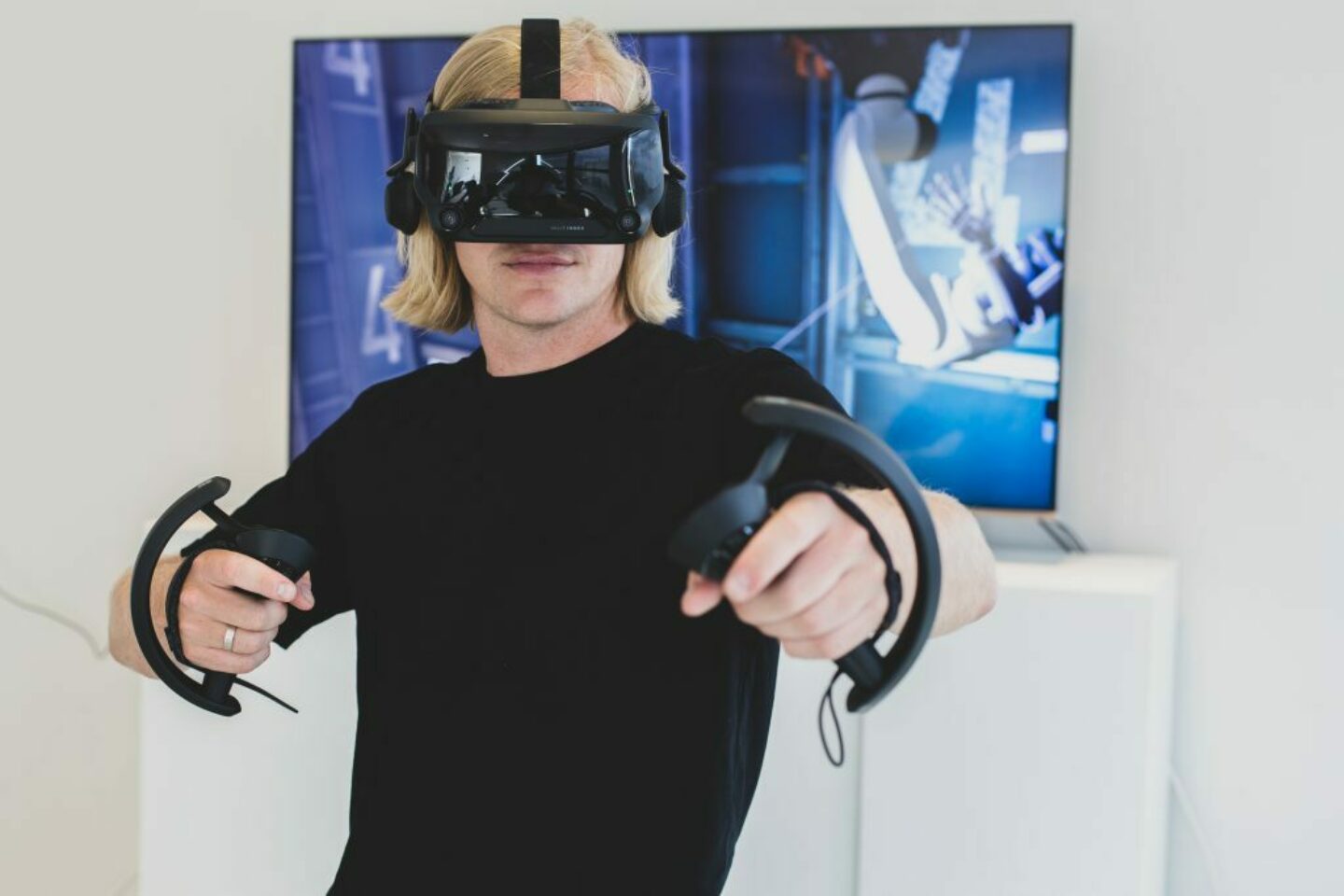
Conclusion
Overall, the Valve Index feels like a premium VR headset more than capable of delivering high end performance. The materials feel luxurious, the display is stunning and the audio is immersive. You also get a whole new user experience thanks to the newly designed controllers. The only downsides are the attached cable and “old school” base station setup and of course the rather high price tag.
If you’re looking for the best possible experience in VR and are willing to invest quite a bit of money, the Valve Index will give you everything you need.
